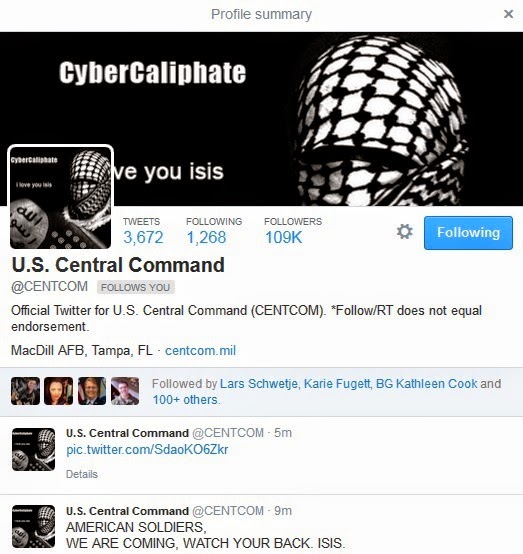United Continental Holdings, a US airline has rewarded the two hackers under their bug bounty program because they have spotted security holes in the company website and they disclose the security flaw privately rather than sharing it online.
As a part of reward hackers have received the maximum reward of a million miles on flight, which is worth of hundreds free domestic flights and it is for two people. According to tech experts, its big and very good step in the domain of online security. In conversation with Reuters United Continental Holdings confirmed that they have paid the reward of one millions mile to each hacker, but they didn’t respond on the tweets of individuals which is saying that they have been also paid the small cash reward. This Chicago based carrier is hoping that its bug bounty program will help the company to uncover the cyber risks in the area of airline web security. With the help of bug bounty program web researchers solved the problem before hackers can exploit them and due to that the cost is much less than hiring outside consultancies.
However; all the three major competitors of United have declined any comment on the bug bounty programs and fourth was not available for commenting. Whereas; Trade group Airlines stated that in US all the air carriers should conduct these kinds of tests to make sure that system is secure. United adopted this strategy in the month of May when due to technology glitches they have grounded its fleet more than two times. In one incident company locked its airline reservations system and prevents customers from checking in, however; due to other zapped functionality of the software this air carrier dispatches its entire flight plan. According to spokesperson of United, “We believe that with the help of this program we will continue to provide best, secure and most excellent service”.
Jordan Wiens, who is working on the cyber vulnerabilities, tweeted that last month he received a reward of 1 million miles from United for exposing a security flaw which can allow hackers to control the website of airline. The more he added in an interview that there are not many companies in industry which are doing bug bounty programs, however; according to Wiens it’s normal for big companies such as; United to offer bug bounty program for their websites. Beyond the bug bounty program, United stated that its perfect test system which internally engages the cybersecurity firms to keep its website and online security secure.
According to Dr Jessica Barker, who is security consultant, “Schemes which are rewarding the hackers are perfect way to find and disclose the online security problems in right way and it help us to make the internet safe for all of us”. The more he added that bug bounty programs are common for tech companies because they understand online security and due to certain benefits now other industries are catching them.




















